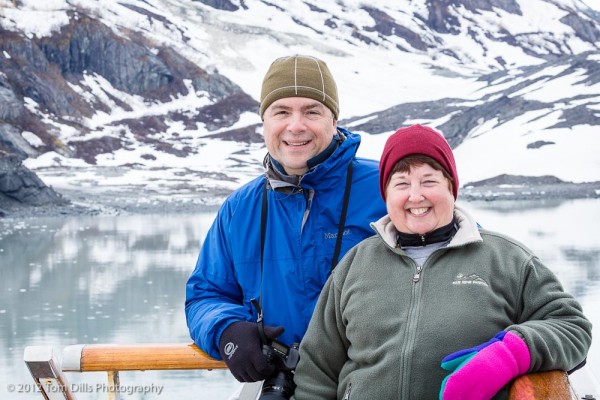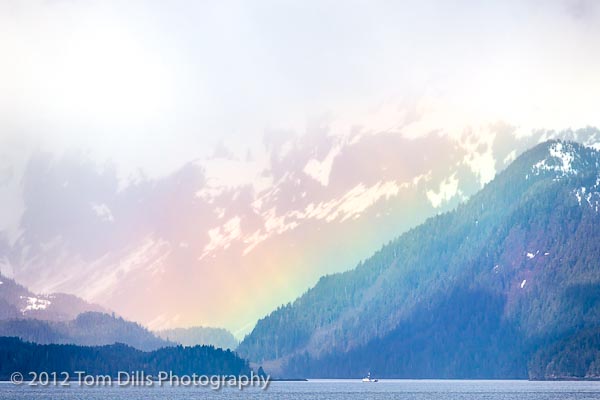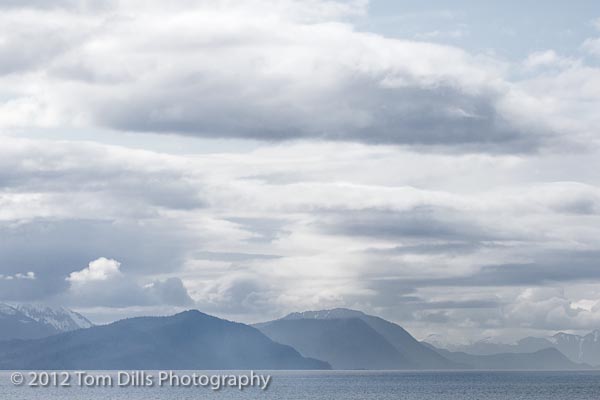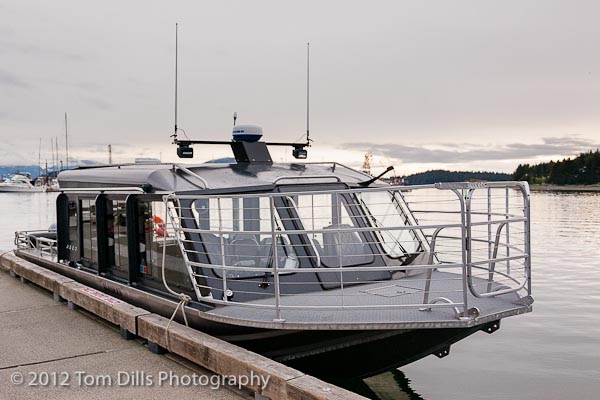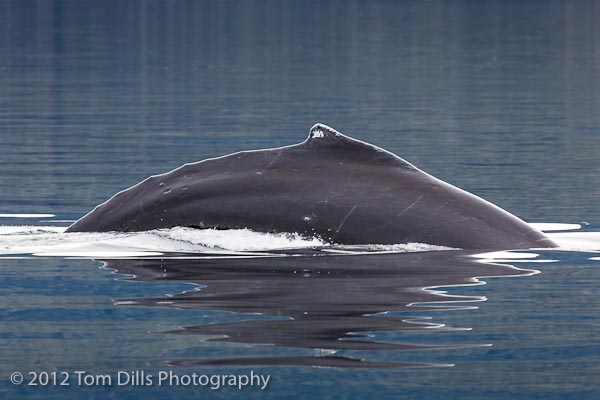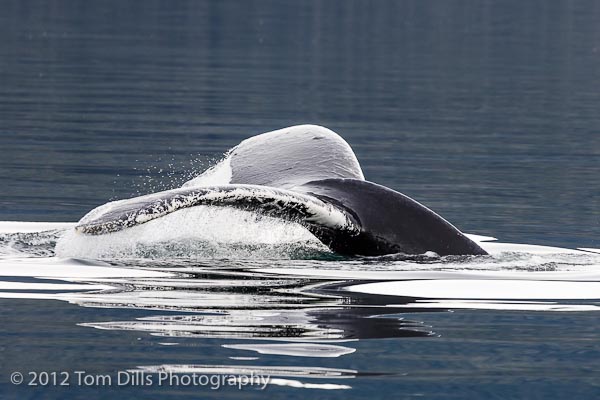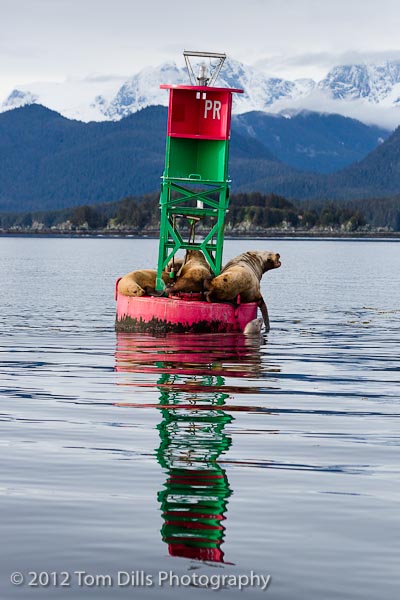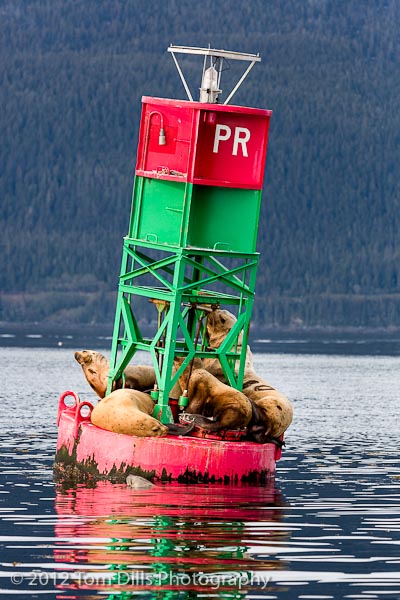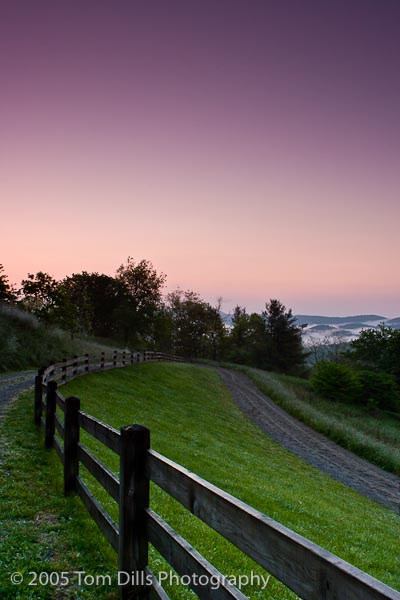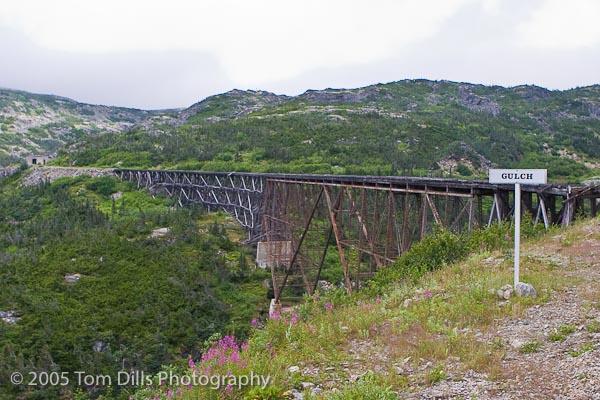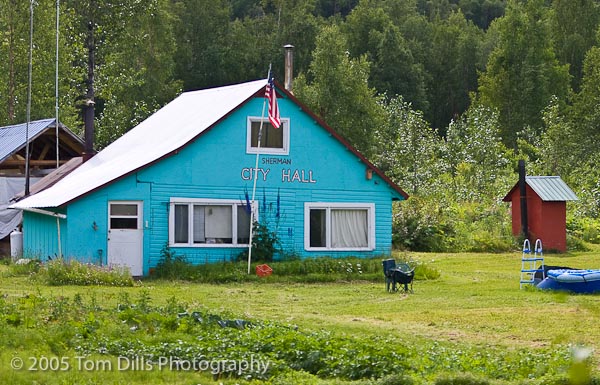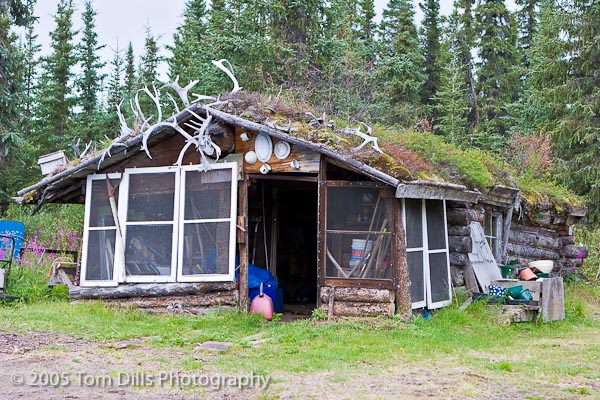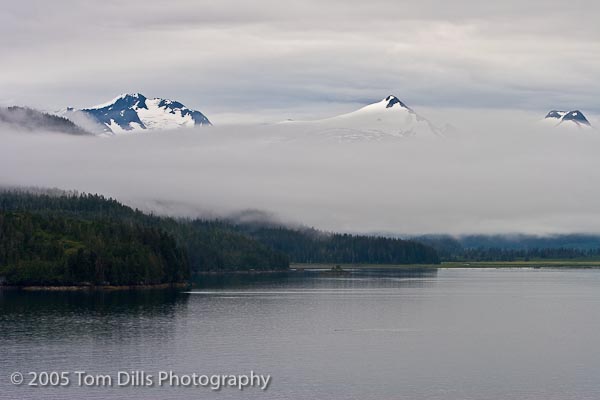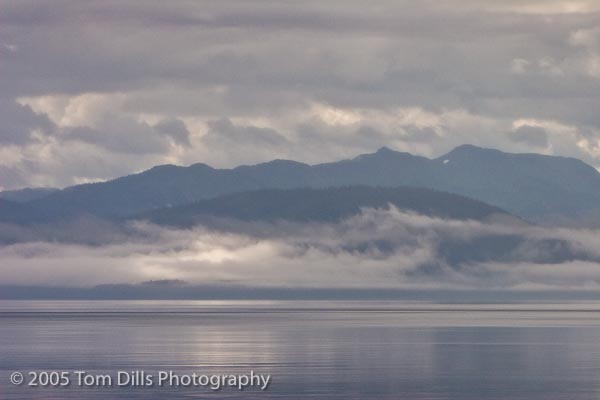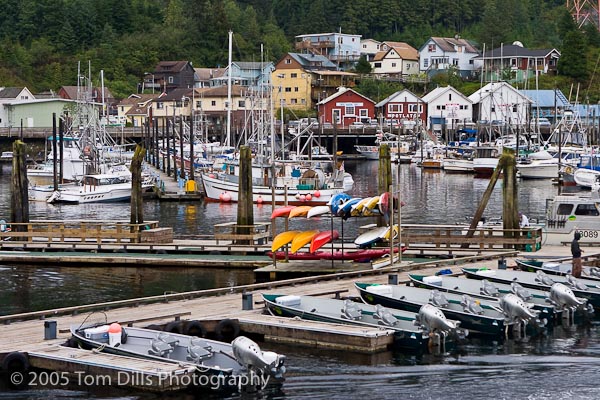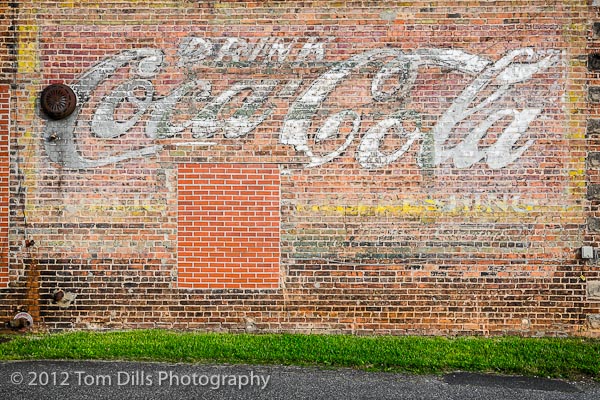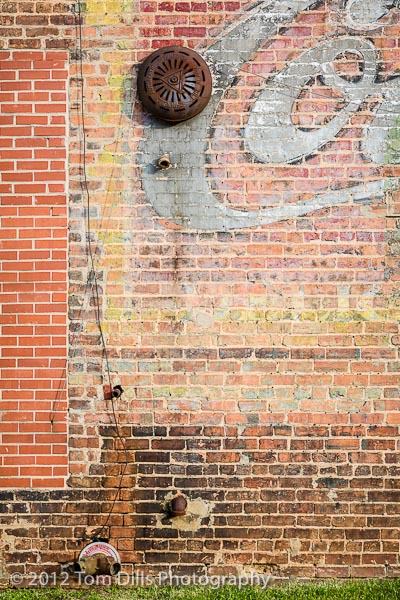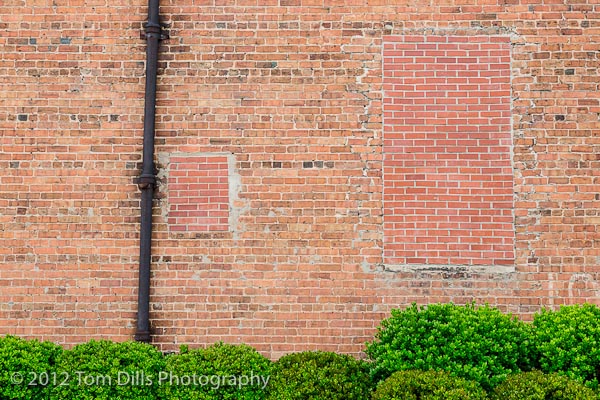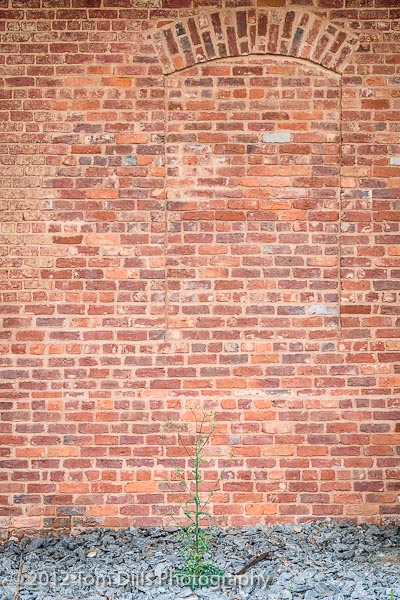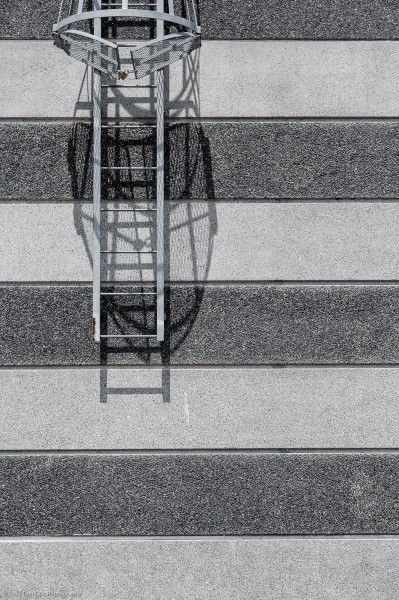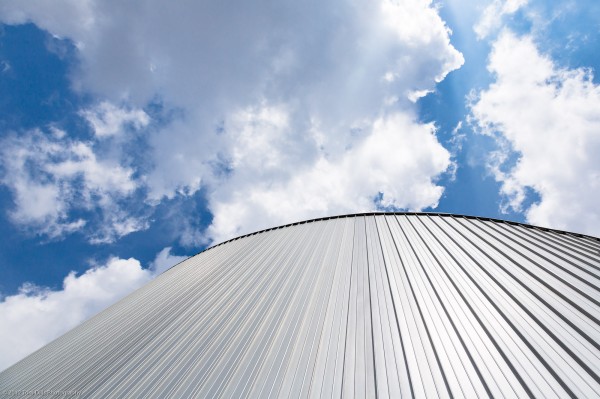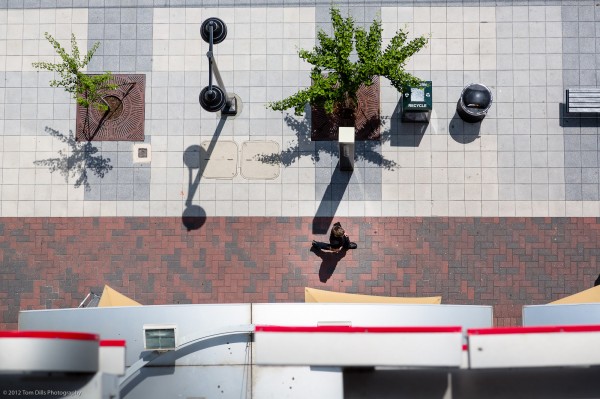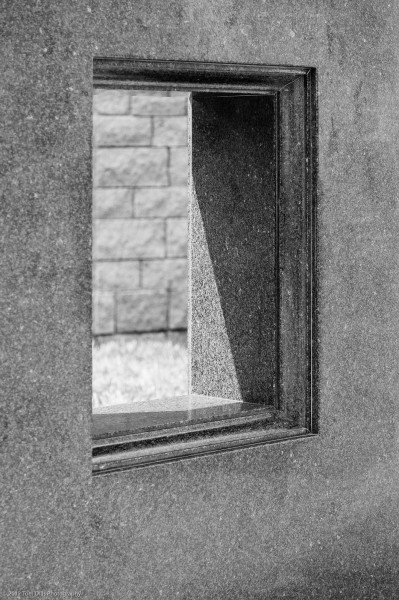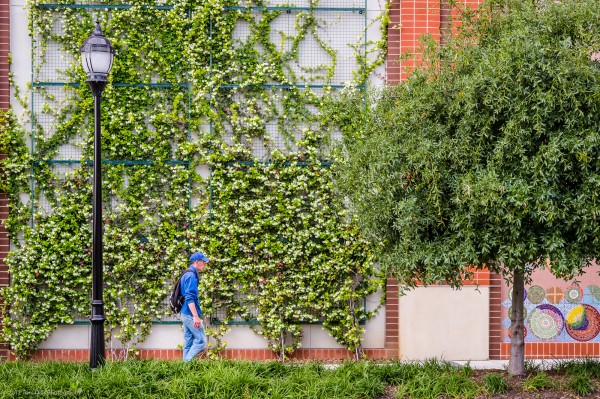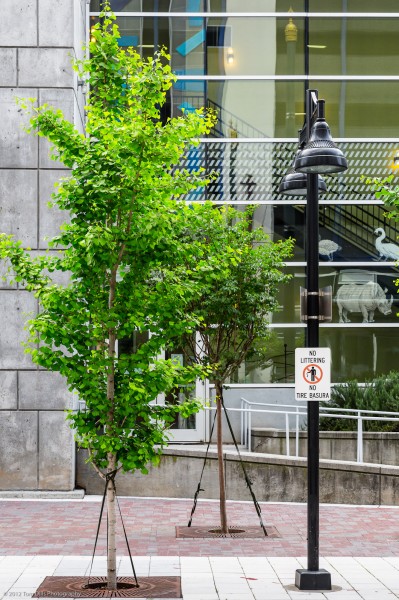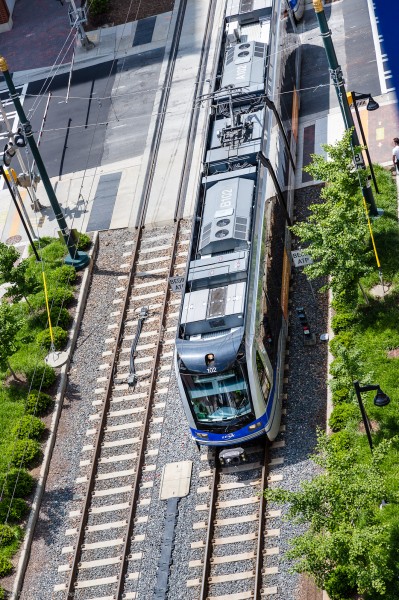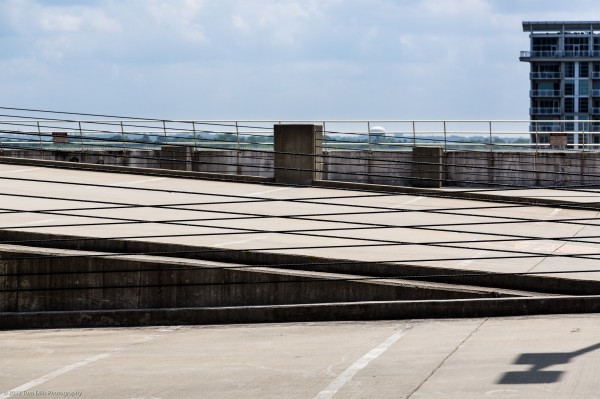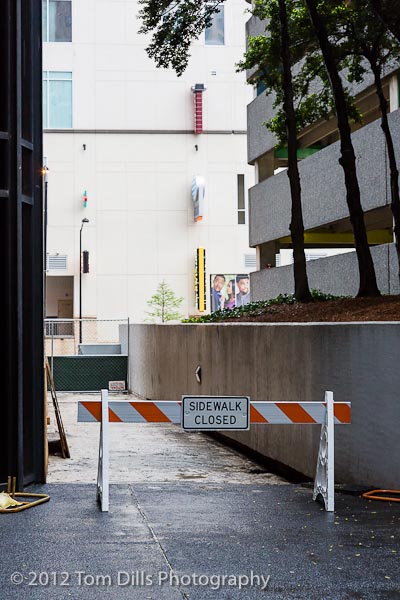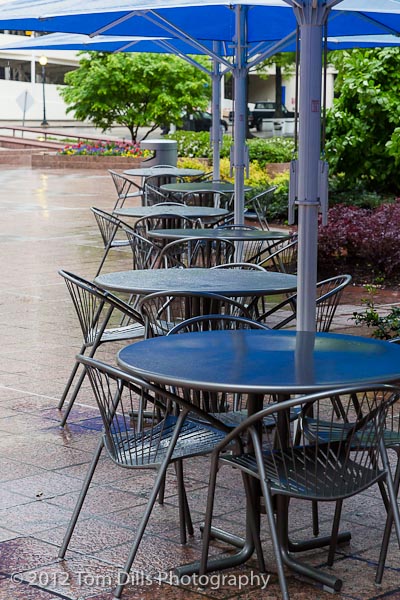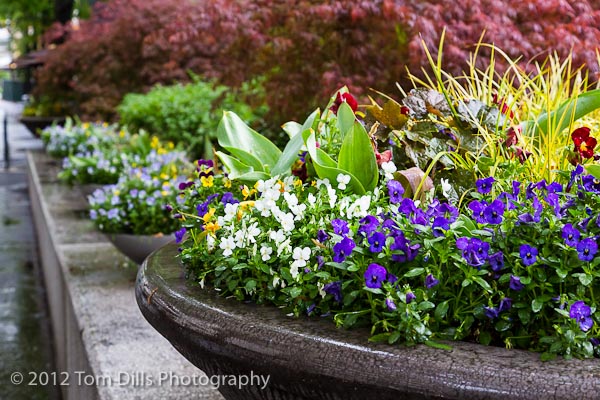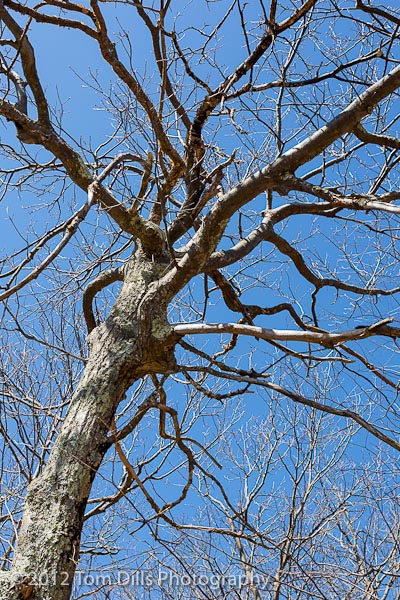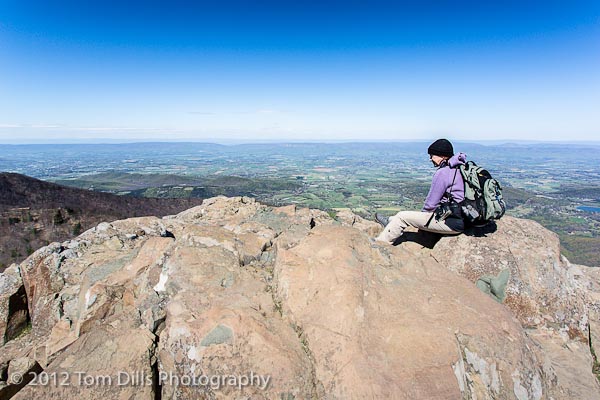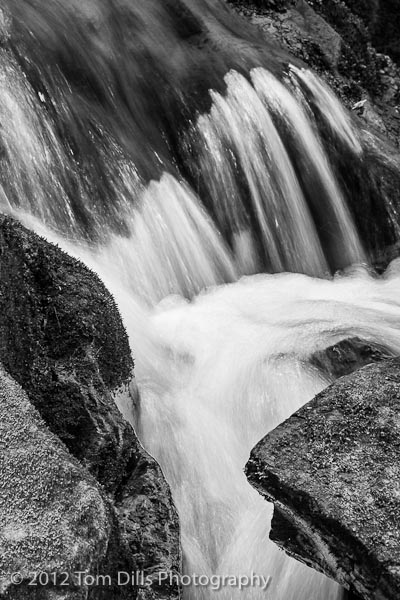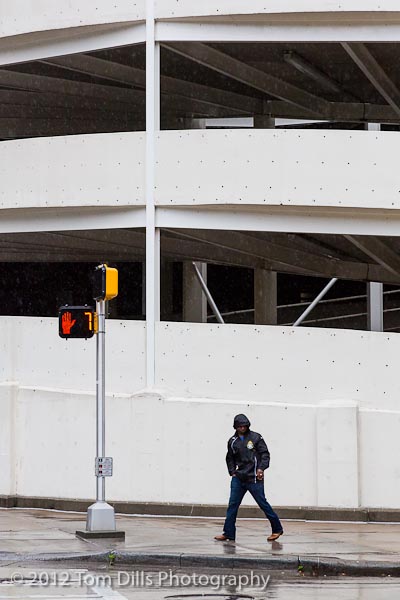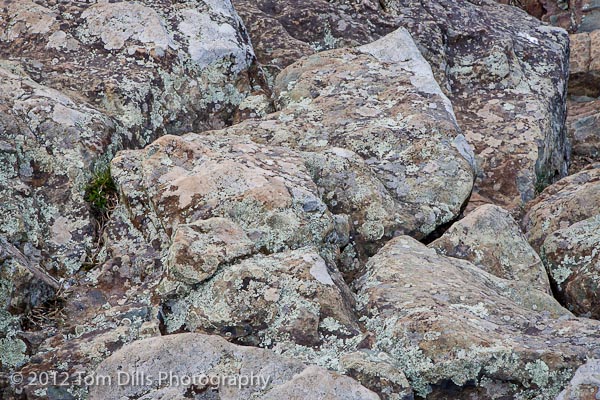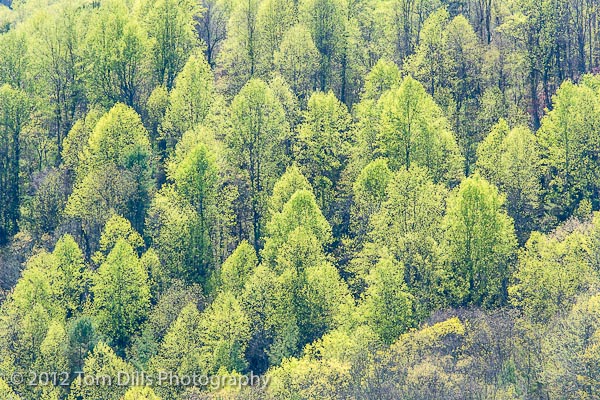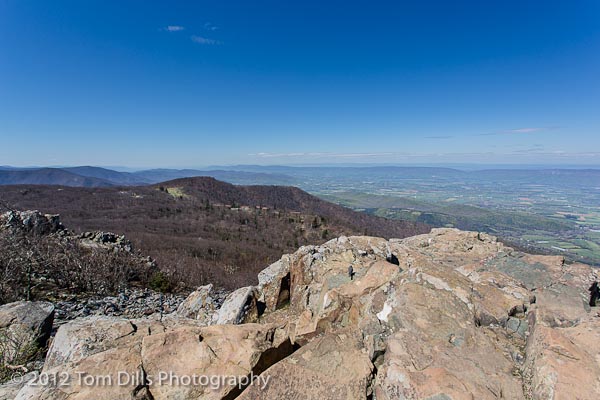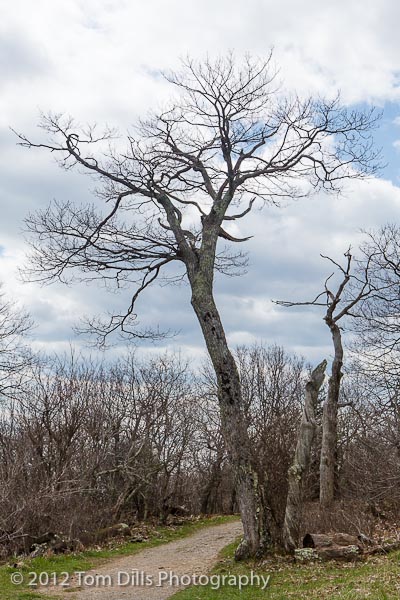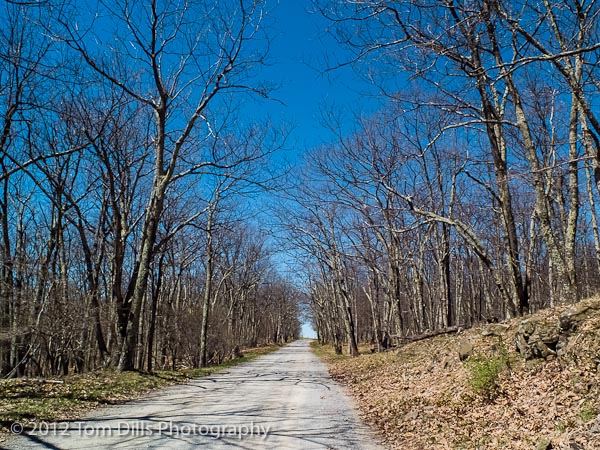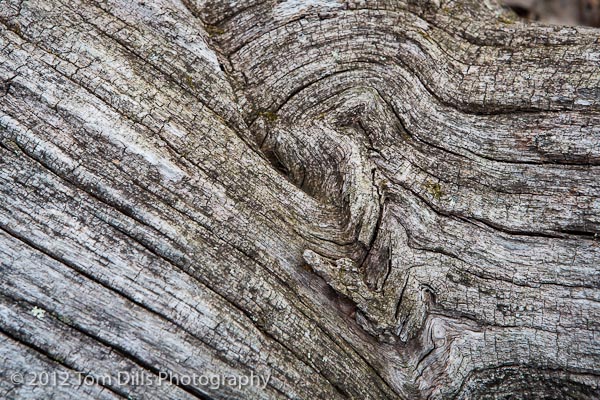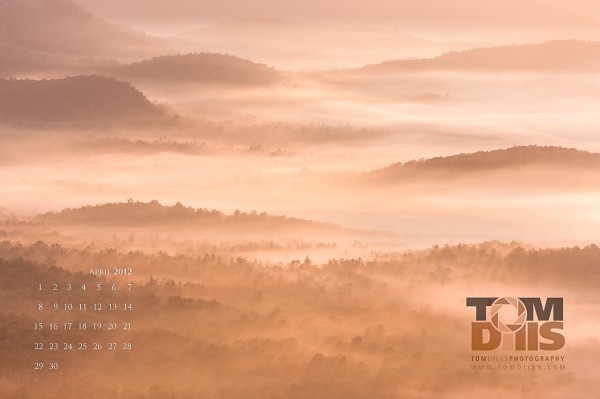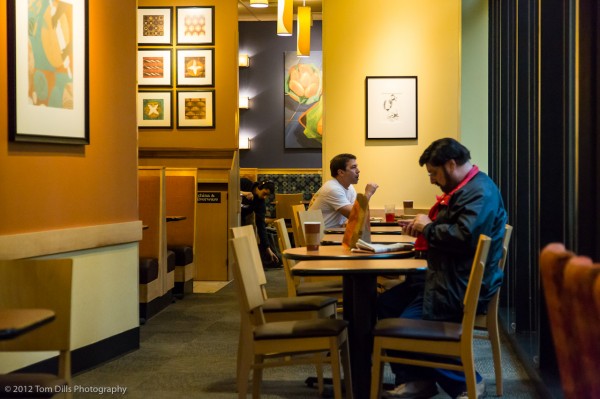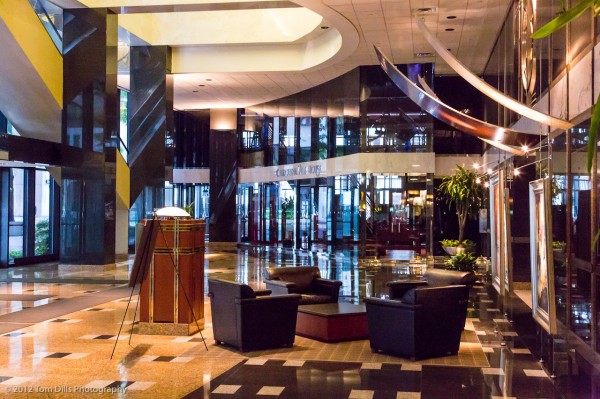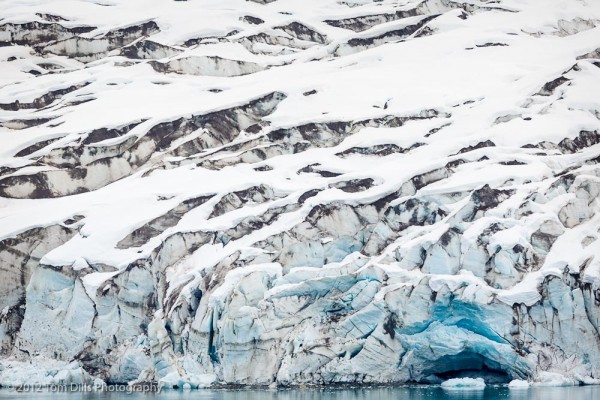
Our day in Glacier Bay was my single best day, photographically, in a long, long time. I don’t know if that is a result of the place being so photogenic, or the fact that I was prepared for my time there, with my only goal for the day to make photographs. It’s probably a combination of the two, since Glacier Bay is certainly an amazing place and I found it quite inspirational on my first visit several years ago. I have to imagine that what I experienced was a confluence of my own openness to the place and the renewed inspiration I felt from being there.
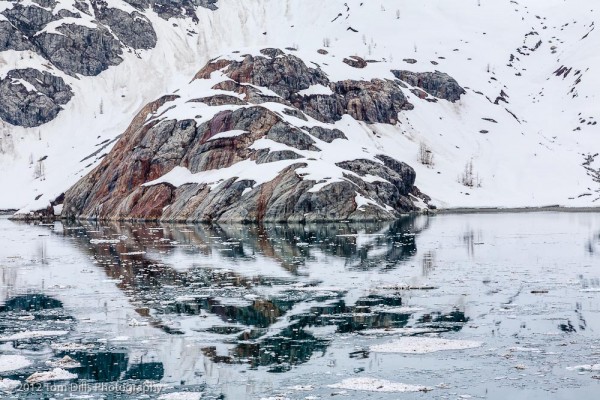
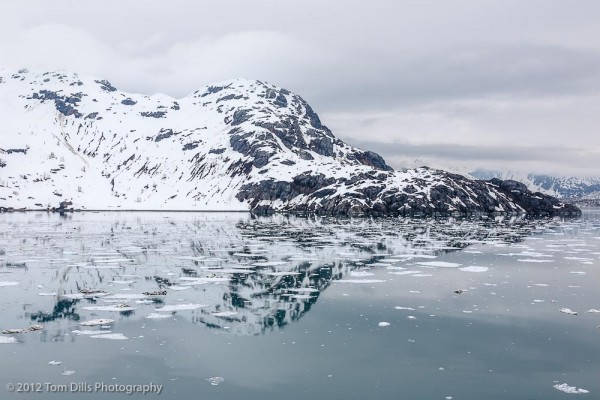
The Tourist Approach would be to slap a wide angle lens on the camera and shoot the huge expanse of icebergs, blue water and glaciers. But what I was feeling was more intimate, although even with a 400mm lens, the actual slice of landscape I captured was still quite large. The scale of the place never ceases to amaze me.
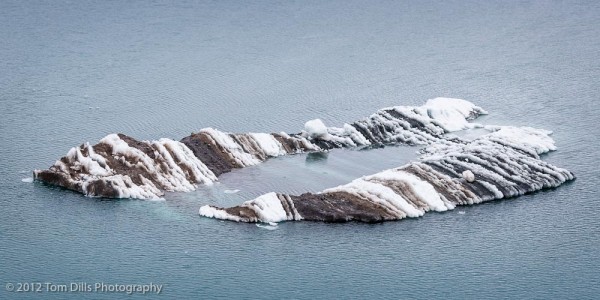

One of the most striking things about being in Glacier Bay aboard a cruise ship is how quiet everything becomes. They mercifully turn off the sound on the outdoor “Movies Under The Stars” entertainment system (it’s just a big television), the ship slows to maneuvering speed, and except for a few comments from the onboard naturalist, the place is silent. And I crave silent. Silent makes me happy.
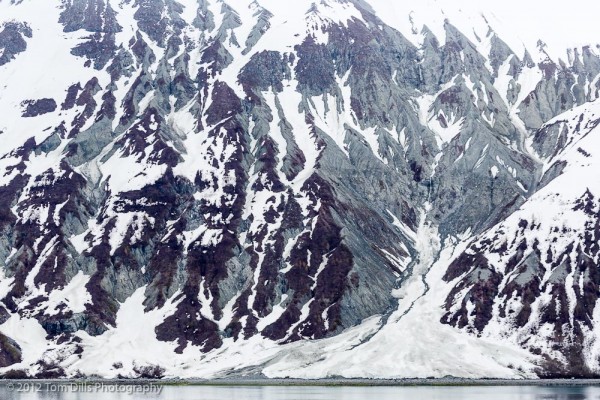
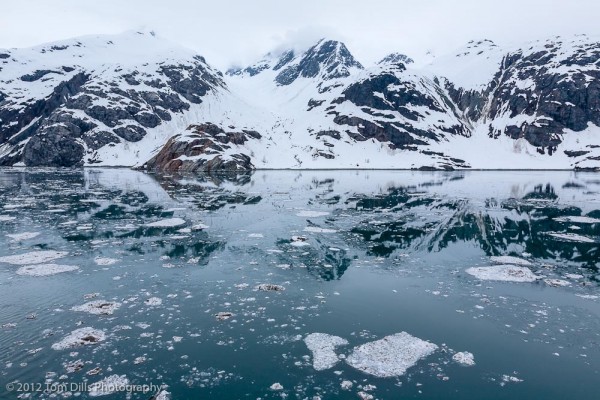
Only one ship at a time is allowed in each area of the park, which is huge (3.3 million acres!) with several “inlets,” so the captain is able to essentially stop the in front of the glaciers, and when the ship moves from one place to another it does so slowly, barely creating a wake. The slower movement of the ship makes using a tripod very easy, both for composition and for holding the camera still. People ask me why I use a tripod on a moving ship, but it really does make a difference. Other than a couple of videographers, mine was the only tripod I saw on board the entire cruise.
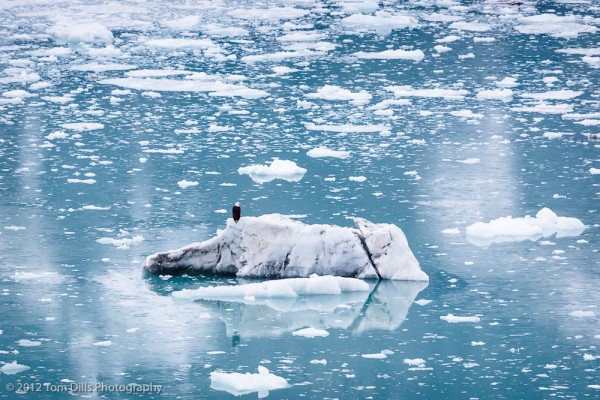
I scouted ahead of time and found a great spot on the aft of the ship that had good, unobstructed views, access to both sides of the ship and had enough room to get out of the way. You would think that, with 2000 people on a ship in a place like Glacier Bay it would be crowded, but except for the time in front of the major glaciers and the times when they were giving away free hot chocolate on deck (there are always crowds around Free Food) I had the place pretty much to myself. Most of the people hung out in the center of the ship, closer to the pools, the restrooms and the bars. Silly me, the bars!

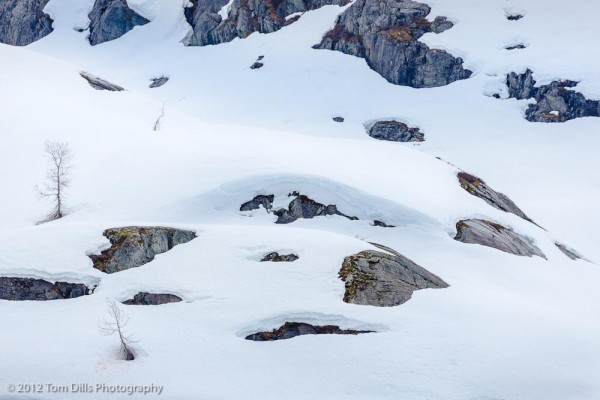
The onboard naturalist told us that one of her most frequently asked questions was, “what’s the best side of the ship to be on to see wildlife?” To which she replies, “the OUTSIDE!” She also stated that wildlife watching involved a lot of wildlife “waiting.” But amazingly, most people didn’t like the idea of waiting. I saw dozens of seals, sea lions, dolphins, porpoises and whales, and often I was the only person around to see them. Once in a while someone would walk by, see all my gear and ask me if I had seen any whales. When I replied that I had, they looked at me like they thought I was lying. Most of them were too far away to take photos of them, but they were still fun to watch through my binoculars.
Even on a ship large enough to hold 2000 passengers – small by modern cruise ship standards – I was struck by the enormous scale of the landscape and how small I felt within it, the ability for it to remain relatively undisturbed and how quiet it was.
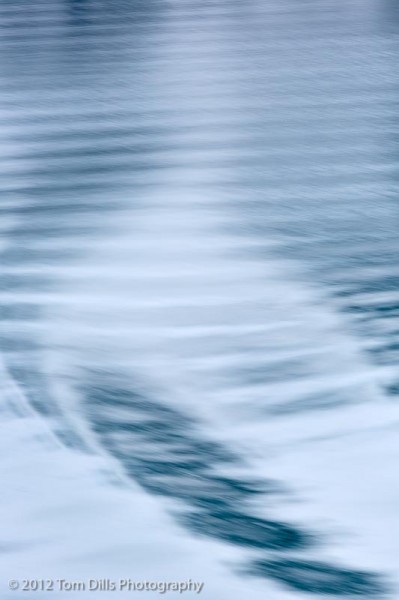
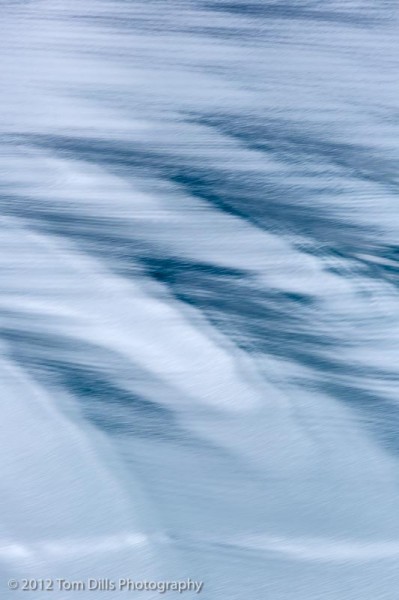
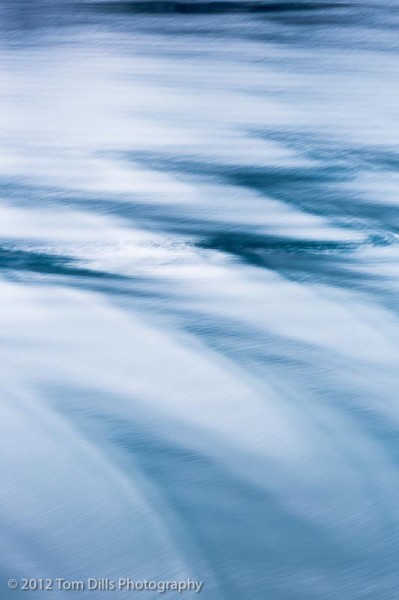
My personal favorite photos from the day are the abstracts. They really speak to the quiet and calm I felt that day. I seem to have a thing for moving water, and some of the patterns are simply spectactular. I’m thrilled that the photos reflect them so well. I also enjoyed finding patterns in the glaciers and on the mountainsides along our route. Again, the relatively slow speed made for some pretty easy composition, although I did find that I had to “lead” the scene just a bit in places. All I did there was to keep the panning knob within easy reach, so that once I had the composition framed up and level, I could just pan the camera just a bit as needed.
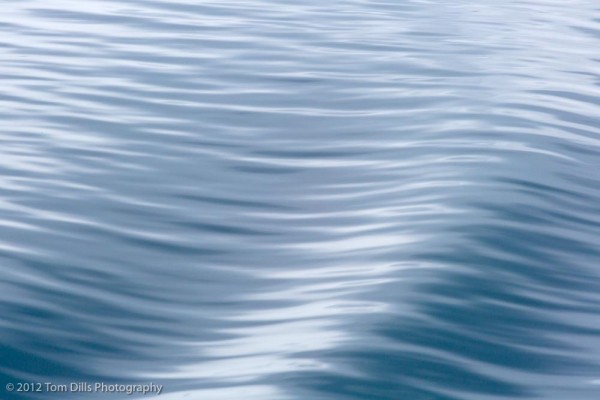
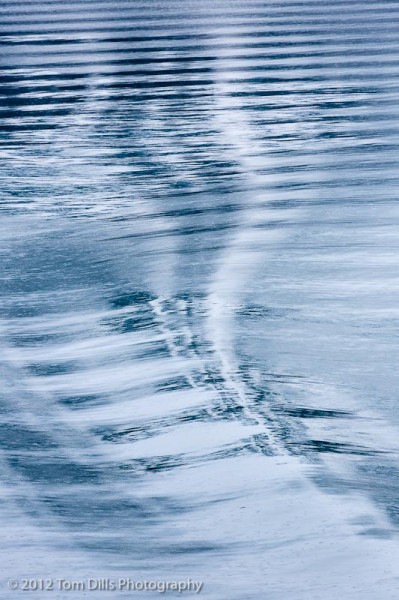
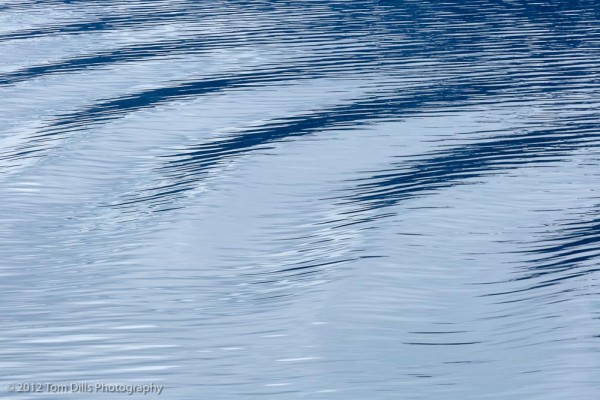
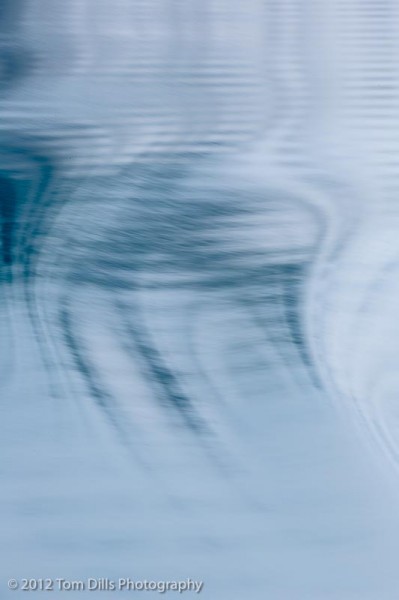
One of the funny things about being an obviously serious photographer on a cruise ship is that people always ask me to take their pictures. I always oblige, although Kathy often handles that task so I can keep making my own pictures. What was really funny was that I think every one of the ship’s photographers took our picture at some point during the day. They knew we would understand that they had a count to make and almost looked like they wanted to apologize for it. We didn’t buy any of their photos but it was interesting to see the difference in composition and framing between the different photographers. Good photos, reluctant subjects!
